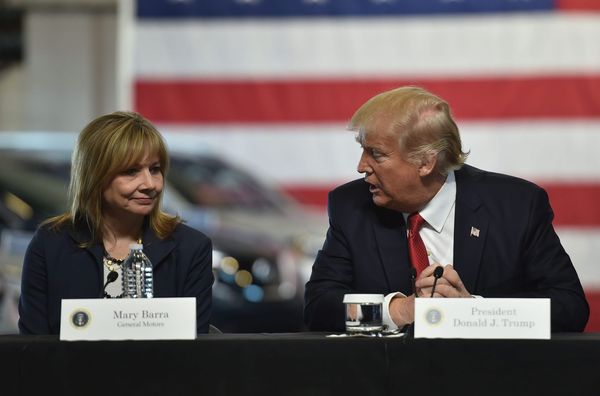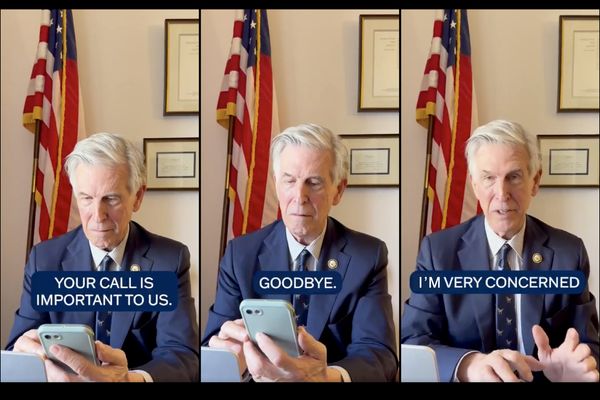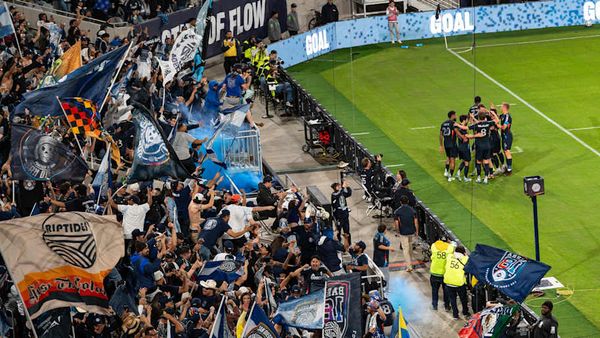
Big plans are being realized for a once-segregated bowling alley that stands dark and dusty 54 years after state troopers fired into a crowd of Black students in the killings now known as the "Orangeburg Massacre.”
After years of neglect, the National Park Service is helping a non-profit group renovate the All-Star Bowling Lanes, remaking it into a fully-functional bowling alley with a civil rights theme.
South Carolina troopers fired into the crowd on the outskirts of the historically Black campus of South Carolina State University on Feb. 8, 1968, killing three and wounding another 28 with their bullets. But the shooting remains relatively unknown outside the state. Compared with the four students killed at Kent State two years later, it's a footnote in national narratives about 1960s protests.
Planners of the future Orangeburg All-Star Justice Center hope their renovation project will restore the space to the nation's memories of the civil rights movement.
“What we’re going to have is a major national heritage site for Orangeburg, the state of South Carolina and the nation," said Ellen Zisholtz, president of the Center for Creative Partnerships, the nonprofit that purchased the long-empty building with about $140,000 from an anonymous donor.
A board of community members, survivors of the shooting and activists of the civil rights era are providing input to shape the project. In their vision, the lanes are lit up, the lunch counter is bustling and every time someone bowls a spare or a strike, a screen above the lane supplies a fact about civil rights history. A digital display on the wall will name visitors who’ve made a commitment to seeking racial justice.
A $500,000 grant to jumpstart the renovations came from the National Park Service, which has added the bowling alley to its African American Civil Rights Network. The grant is paying for architectural plans, a new roof, electric and plumbing repairs and maybe even some work on façade, Zisholtz said.
The board also hopes the project can jumpstart a revitalization of Orangeburg, a majority-Black town of about 13,000 with a 27% poverty rate.
Zisholtz opened the building's doors last month to Orangeburg residents who used their phones to illuminate high scores painted on a side wall and shoot portraits against a backdrop of empty lanes. Some described their relatives' involvement in the civil rights movement, and recalled memories of knocking down pins after the bowling alley was integrated.
“This is history,” said Willie Dean Odom, who brought her children and grandchildren along. “I just wanted them to be a part of the memories, to see what it was like.”
For those who lived through the shootings or grew up in its shadow, the project is a way to keep pushing for justice and to make sure the killings remain a part of South Carolina's story.
In 2003, then-Gov. Mark Sanford formally apologized on behalf of the state. On the federal level, the Justice Department has indicated as recently as December that it is still reviewing the killings.
But the state has never conducted its own formal probe or offered restitution to victims. State police claimed at the time that the protesters had fired at troopers first, though many of the wounded were shot in the back or the bottoms of their feet. An FBI investigation led to charges for nine troopers. They said they acted in self-defense, and a jury of 10 white and two Black people acquitted them.
Ultimately, the only person convicted was Cleveland Sellers, a Black activist who was shot in the shoulder and went to prison for seven months on rioting charges. He was pardoned 25 years later.
“We have to continue to tell the story until justice prevails in South Carolina,” Sellers said. He was asked to speak at South Carolina State during a ceremony Tuesday to dedicate the busts of Samuel Hammond, Delano Middleton and Henry Smith the three young students who were killed. Their likenesses have been installed in a monument on campus, the Smith Hammond Middleton Legacy Plaza.
On Tuesday's 54th anniversary, the public will have one more chance to set foot inside the All-Star Bowling Lanes before renovation work starts.







